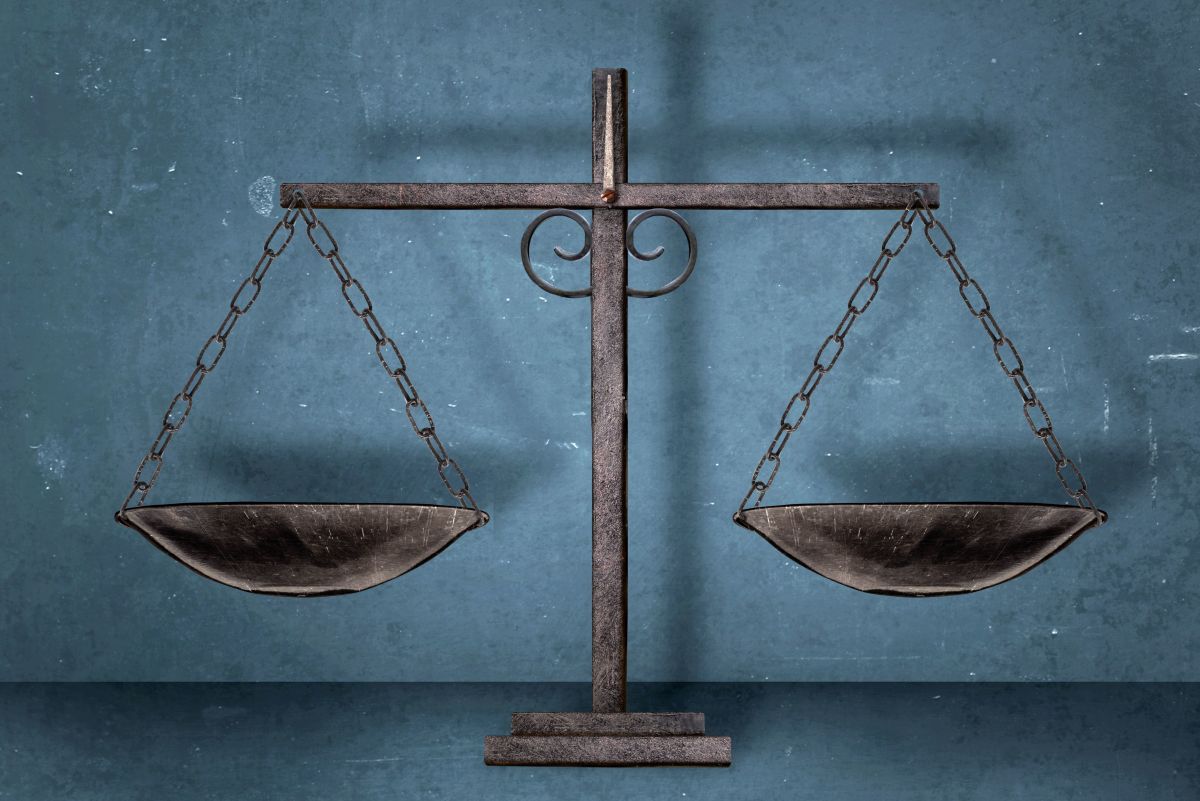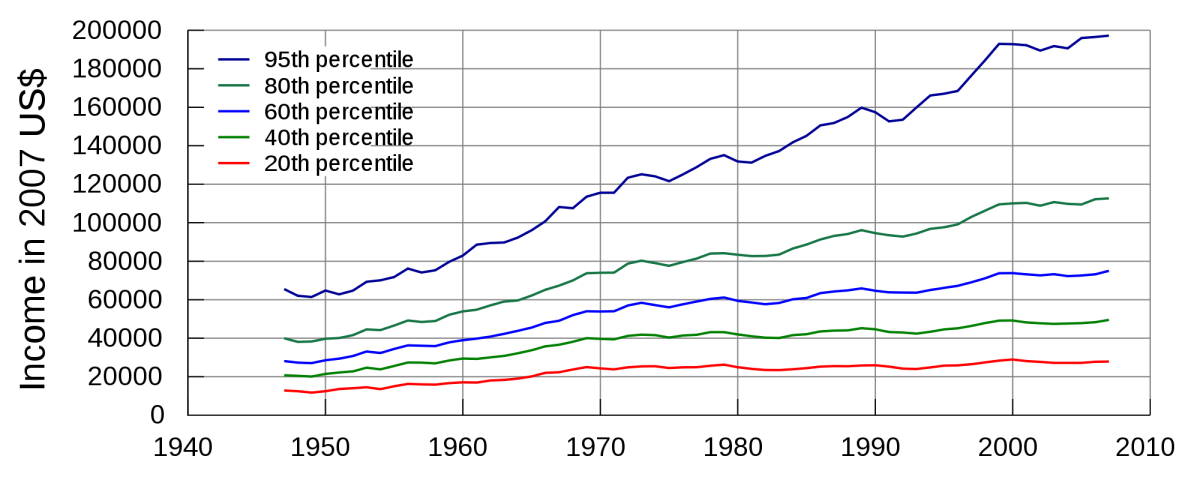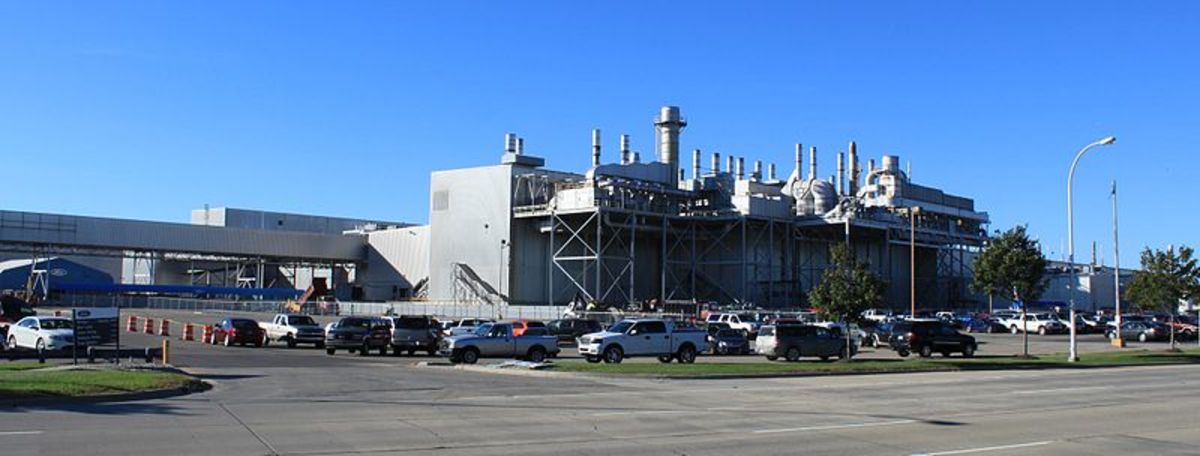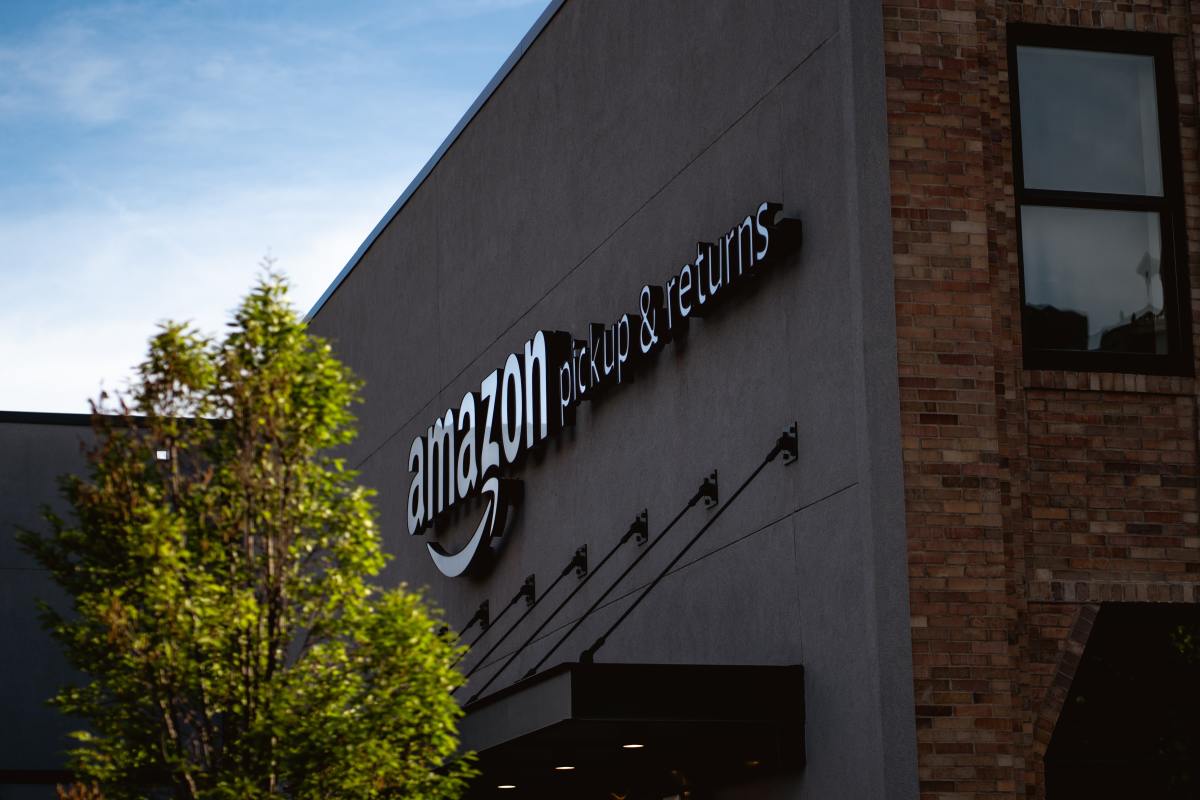The Rich Get Richer: An Analysis of America's Growing Wealth Inequality

American Wealth Distribution - Facts
Recent research has shown that the top 1% of Americans have been growing wealthier while the bottom has been getting poorer. The middle class is less distinguishable from the lower class than it was a few years ago, and many from this group are slowly slipping into the lower brackets.
A survey conducted as part of this research found that 92% of Americans believe that the current distribution of wealth in the United States is unfair. The study also showed that the gap between the middle class and the upper class has been steadily widening over the years.
The following facts on the distribution of wealth in America may be shocking, but they are true:
- 40% of American workers make less than $20,000 per year before taxes
- 65% of American workers make less than $65,000 per year before taxes
- The top 7% of Americans own 65% of all the wealth in the country
- 49% of the total American population lives in poverty
- The total net worth of the top 1% of Americans is significantly more than the combined wealth of the bottom 90%
- The combined wealth of the bottom 150 million Americans is much less than that of only 400 wealthiest Americans
- Walmart shareholders who are heirs of Sam Walton have as much wealth as the bottom third of Americans combined
- Walmart takes 18% of all food stamp dollars through purchases at its stores using food stamps
- In corporate America, the top CEOs make over 300 times more than their average workers
- One household out of every 5,000 is on food stamps
The disparities in the distribution of wealth in America are worse than those in some developing countries. The ideal distribution of wealth is very different from the actual distribution in the United States. The top 20% have more wealth than the remaining 60% of Americans combined. In fact, the top 1% has more of the country's wealth than 9 out of 10 Americans believe the entire top 20% should have.
The wealth gap in America has been a topic of discussion for decades, and for good reason. The United States has a long history of economic inequality, with a small percentage of the population controlling a disproportionate amount of wealth. This trend has only increased in recent years, with the rich getting richer and the poor and middle class struggling to keep up.
According to data from the Federal Reserve, the top 1% of Americans control over 25% of the country's wealth, while the bottom 50% control just 1%. This disparity is even more pronounced when looking at the top 0.1%, who control over 12% of the country's wealth. This concentration of wealth at the top has led to a significant increase in income inequality, with the highest earners seeing their incomes grow significantly faster than those in the middle and lower income brackets.
There are several factors contributing to this growing wealth inequality. One is the increasing concentration of wealth in the hands of a few large corporations and their shareholders. These companies have the resources to invest in new technologies and take advantage of globalization, leading to increased profits and higher stock prices. This has benefited those who own shares in these companies, but has done little to improve the economic prospects of the average worker.
Another factor is the declining power of organized labor. Union membership has been on the decline for decades, leading to a decrease in the bargaining power of workers and a decline in their ability to negotiate for higher wages and benefits. This has contributed to the growing gap between the highest and lowest earners in the country.
The tax system in the United States also plays a role in the growing wealth gap. The top marginal tax rate, which is the tax rate paid on the highest earners' income, has been steadily declining over the past several decades. This has led to a decrease in the amount of revenue the government collects from the wealthiest Americans, while the burden on middle and lower income earners has remained relatively unchanged.
It's important to note that wealth inequality is not just a problem for those at the bottom of the income ladder. It has negative impacts on the economy as a whole, leading to slower economic growth and a decrease in social mobility. It can also lead to political polarization and social unrest.
There are steps that can be taken to address wealth inequality in America. Some have called for an increase in progressive taxation, which would require the wealthiest Americans to pay a higher percentage of their income in taxes. Others have called for increased investment in education and job training programs, which can help improve the economic prospects of those at the bottom of the income ladder.
Ultimately, addressing wealth inequality will require a multifaceted approach that takes into account the complex economic and social factors that contribute to this problem. It will require a concerted effort from government, businesses, and individuals to create a more equitable society for all.
Myths about Wealth in America
There are several myths about wealth in America that are commonly believed but are not supported by factual evidence. Understanding these myths can help us better understand the complex issues surrounding wealth in the United States and how to address them.
Myth #1: Anyone can become wealthy in America if they work hard enough.
This is a common belief in American culture, but it ignores the many structural barriers that prevent some individuals and groups from achieving financial success. Factors such as race, gender, education, and access to resources can all play a role in an individual's ability to achieve wealth. While hard work is certainly important, it is not the only factor that determines success.
Myth #2: Wealth is a result of personal merit and effort.
This myth suggests that those who are wealthy have earned their wealth through their own hard work and intelligence, while those who are not wealthy are somehow inferior or lack the necessary skills and drive to succeed. However, wealth is often the result of a combination of factors, including access to resources, education, and opportunities that may not be available to everyone.
Myth #3: The wealthy are more deserving of their wealth than the poor.
This belief suggests that the wealthy are somehow superior to the poor and deserve their financial success more than those who are struggling financially. However, this ignores the many societal and structural factors that contribute to an individual's wealth.
Myth #4: The wealthy pay a disproportionate amount of taxes.
While it is true that the wealthy pay higher taxes on a percentage basis, they often pay a smaller portion of their income in taxes than those in lower income brackets due to tax loopholes and exemptions that disproportionately benefit the wealthy.
Myth #5: Wealth inequality is not a problem in America.
Some may argue that wealth inequality is not a problem because it is simply a natural byproduct of a free market economy. However, research has shown that extreme wealth inequality can have negative impacts on economic growth and social mobility, and can lead to political polarization and social unrest.
Understanding these myths about wealth in America is an important step in addressing the complex issues surrounding wealth inequality in the country. It is important to recognize that wealth is not just the result of personal merit, but is influenced by a variety of societal and structural factors.








